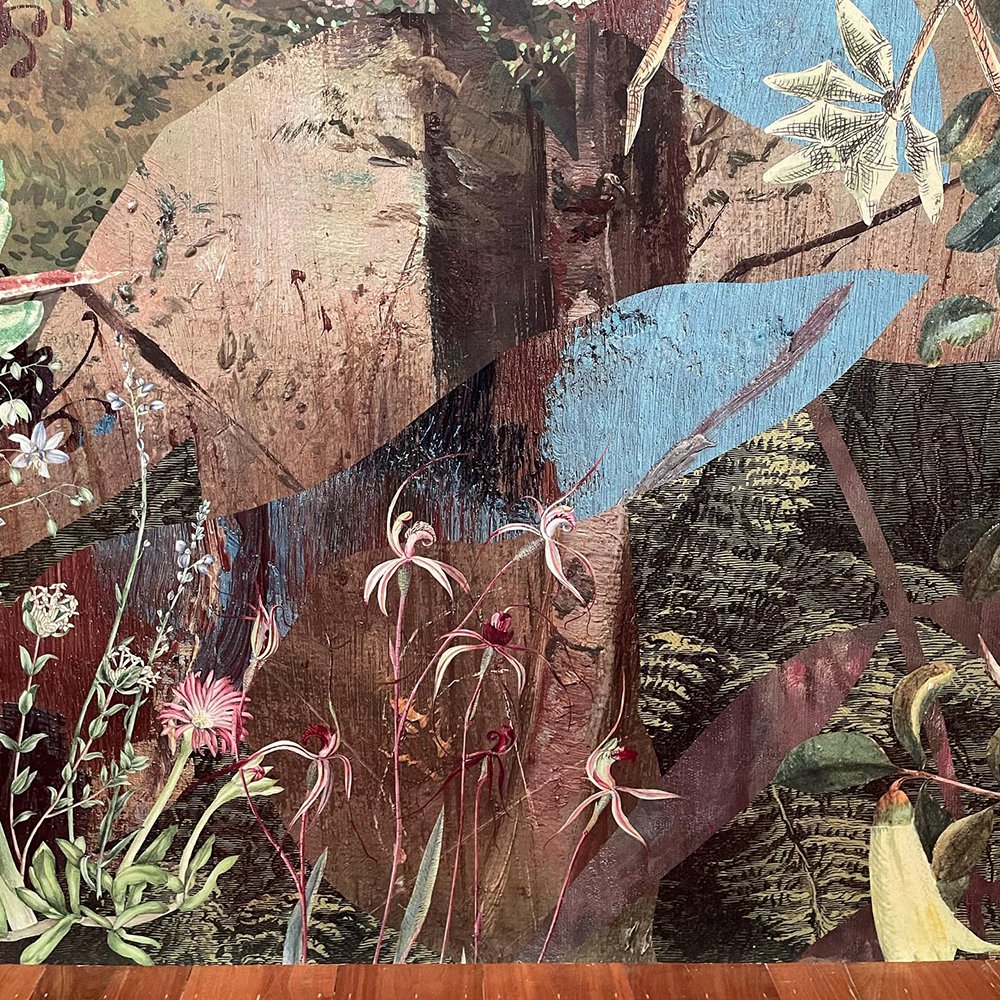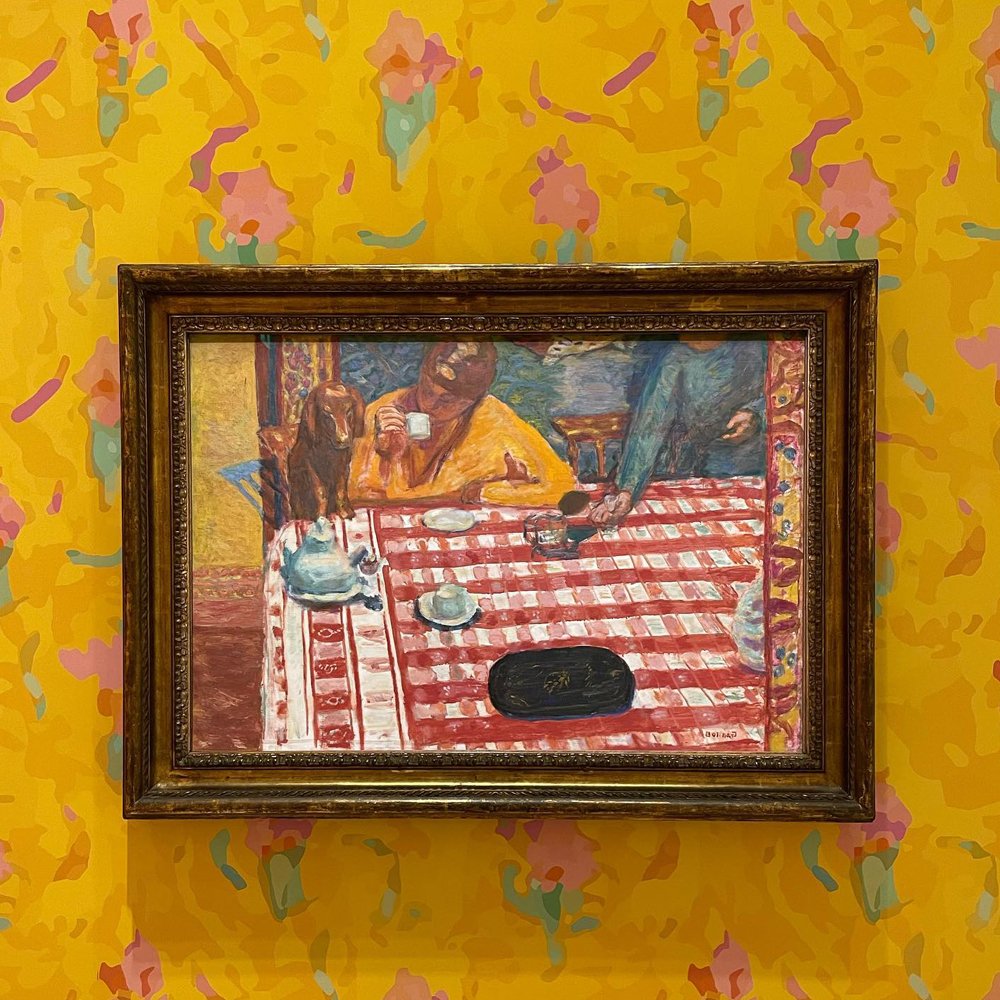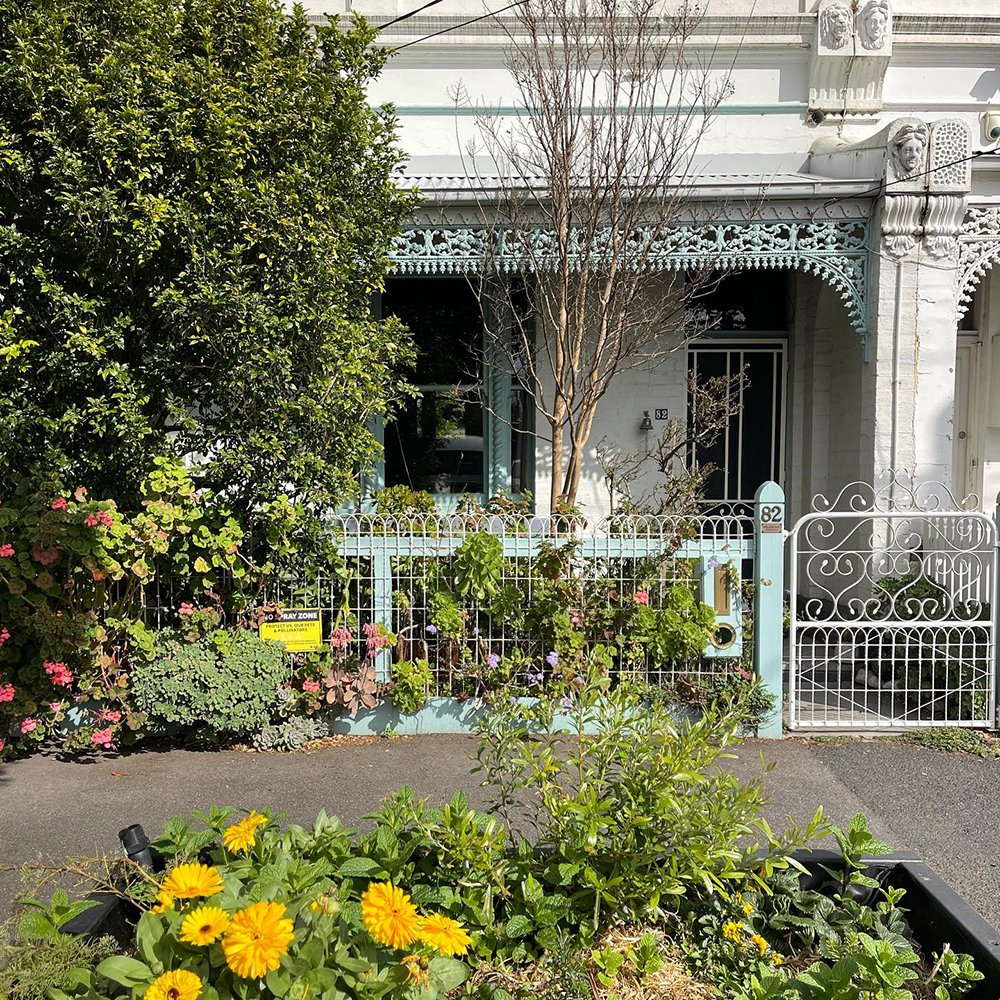September! Sprout!

Early September
“Every bit of habitat destruction takes these species closer to extinction — and takes many more species closer to being added to the threatened list. The rate of replanting and restoration is well and truly outstripped by the rate of woodland destruction, so we cannot pretend to be surprised by species declines.”
Yarra City Council recently invited us to hold a ‘Create your own zine for Threatened Species Day’ workshop in the Bagung Magali Community Room, at the Bargoonga Nganjin North Fitzroy Library.
Earlier in the year, the Mukarrthippi grasswren (who inhabits an isolated inland region of New South Wales) was listed as Critically Endangered and added to the Threatened Species list. They were joined by another subspecies of the Striated grasswren, the Murray–Mallee striated grasswren (which lives in north-western Victoria and nearby areas of South Australia), who is now classified as Endangered. So, too, the Eyre Peninsula Southern emu-wren of South Australia, who was previously classified as Vulnerable, but has since had their conservation status ‘uplisted’ to Endangered. On National Threatened Species Day, the 7th September, Australia added more than 40 plants and animals to our shameful list of threatened biodiversity.
Because Australia has more than 1,900 listed threatened species, we thought it would be good to make zines and raise awareness, side by side, in the library, as overhead the Yarra Bend Colony of Grey-headed flying foxes flew out for the night.
Thank-you to Alex Johnson and Yarra City Council for inviting us and hosting this fantastic, free event, for the love of zines and conservation. Thank-you to everyone who came along to fold and splice with us. It was lovely to meet you all.
(Of workshops, look back, further still: ‘The collaborative creative practice’ with VCE students at Mornington Peninsula Regional Gallery.)
The interweaving of threads, from the closing moments in a paper forest before The remaking of things was peeled from the walls to putting up the outdoor Grey-headed flying fox enclosure (during scheduled breaks during the 2023 National Flying Fox Forum) in readiness for the forthcoming season, continues apace. With Bonnard’s les chats et chiens, pattern and colour, (and special September walks) separating them, at this point, would serve no use, nor would it be possible.
Currently in foster care, please meet Evangelina, a female Grey-headed flying fox, and Nell, a female Gould’s wattled bat. Nell was found on the road (near the Yarra Bend Colony) by a member of the public who momentarily mistook her for a Grey-headed flying fox pup. (Pictured below, Nell, encircled by four Photography Studies College students who were at Bat Rescue Bayside for a forthcoming multimedia project they are currently working on about @bat_rescue_bayside; and Evangelina settling in.)
Sadly, expectedly, not all rescues or fosters have a ‘happy’ outcome, and it is perhaps because of this that we try to do as much as we can in the balance of things. It is by no means as much as others who rescue and care, and it never will be, but it is our small bit. And perhaps it encourages other people to do their own small bit in whatever form that takes.
Image credit: “The Northern Quoll is the smallest of the four Australian quoll species. Predation by feral cats is a major threat to Northern Quolls. The impacts of cats are exacerbated by extensive hot fires and grazing, which reduce ground cover and hence shelter for small mammals. AWC protects three populations of Northern Quoll and their habitat on a number of our northern sanctuaries.” Source: Australian Wildlife Conservancy; National Conservation status: Endangered; Photo: Northern quoll (Dasyurus hallucatus) Prince Regent River, WA Australia © Bruce Thomson/Auswildife











































